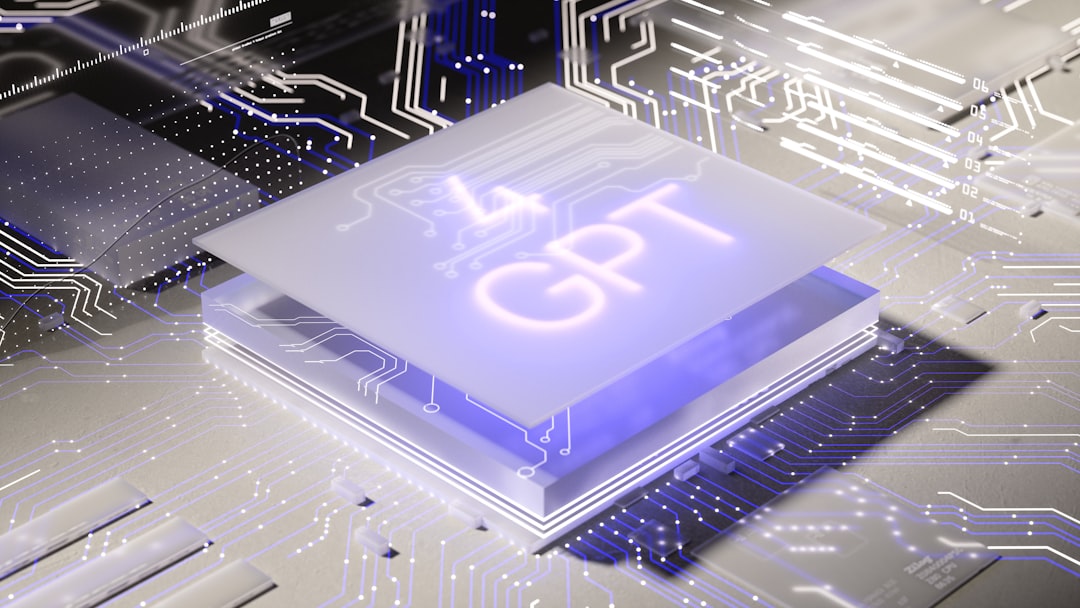Hello everyone! Today, I’m going to share some amazing stories about AI. Artificial intelligence, especially generative AI, is at the center of attention these days. Let’s take a look at how this technology is impacting our daily lives.
Generative AI, a part of our daily lives
Just two years after the introduction of ChatGPT, AI has quickly become embedded in our daily and work lives. However, for the companies providing these services, AI is often called a ‘money-eating hippo’. It costs tens of trillions of won just to build AI data centers, and fixed costs like electricity are also substantial.
No one knows when the global big tech companies leading the AI revolution will break even. Even Mark Zuckerberg of Meta has asked for patience, saying, “AI business will take several years.”
Infinite revenue potential of tech companies with AI
In fact, there are endless ways for tech companies to generate revenue from AI. Most directly, they can charge subscription fees for premium chatbot services, integrate AI features into cloud services like AWS, or offer licenses to integrate AI functionalities. The contribution of AI to Microsoft’s Azure cloud revenue has increased from 1% a year ago to 7% now.
However, the money collected this way is very small compared to the amount invested so far. Google CEO Sundar Pichai boasts that “AI is helping drive our business,” but CFO Ruth Porat mentions that “spending on AI data centers and semiconductors will be significantly higher this year than last year.” Meta has also significantly raised its spending forecast.

Will AI reach its golden age?
OpenAI charges a $20 monthly subscription fee for its premium chatbot service and generated about $1.6 billion in revenue last year. However, The New York Times reports that it is unclear how much OpenAI is spending.
Many people are using various free generative AI chatbots currently available, but it’s a different matter to open their wallets and spend a large amount of money on them. Peter Bendor-Samuel, CEO of the market research firm Everest Group, says, “Visible business results are limited compared to the massive spending by tech companies,” and “actual generative AI consumption by companies and individuals is not significant.”
The future of massive AI investment
Major cloud and big tech companies like Amazon, Meta, Microsoft, and Alphabet are estimated to spend about $200 billion this year. A significant portion of the investment goes into building AI data centers, which require high-performance servers, computing resources, and memory.
Much of the AI arms race is focused on hardware purchases, especially AI-specific Graphics Processing Units (GPUs). Currently, Nvidia’s GPUs are almost the only devices capable of simultaneously processing the astronomical amounts of text and images needed to train AI.
AI investment strategies of domestic companies
Domestic companies are taking a relatively conservative approach to AI investment. Naver plans to increase its GPU purchase cost from 150 billion won last year to about 250 billion won this year, but the overall capital expenditure (CAPEX) scale remains similar to last year.
Naver CFO Kim Nam-sun says, “There is a misconception that AI performance must be proportional to the scale of CAPEX,” and “The performance and efficiency of large language models (LLMs) do not necessarily correspond to the amount of CAPEX invested.”
Kakao is also entering the AI business in earnest. Kakao plans to spend about 100 billion won on AI-related costs this year, including 50 billion won for GPU purchases. Kakao CEO Jeong Seon-ah says, “We need to find a balance to ensure that AI investment does not harm financial soundness.”

Conclusion
Generative AI holds tremendous potential. However, realizing that potential requires enormous costs and time. Watching the challenges and achievements of tech companies leading the AI revolution is fascinating. I hope you follow along on this exciting journey!
